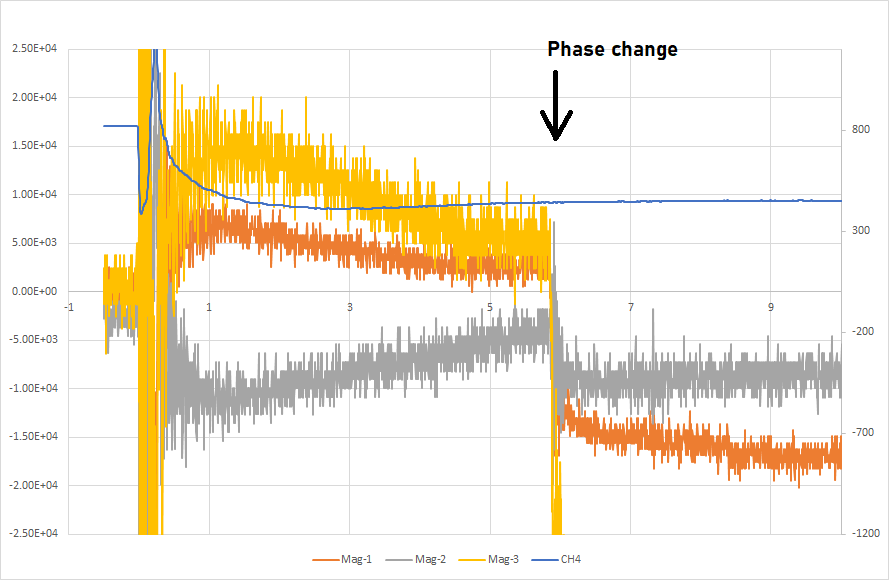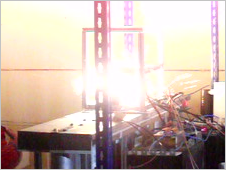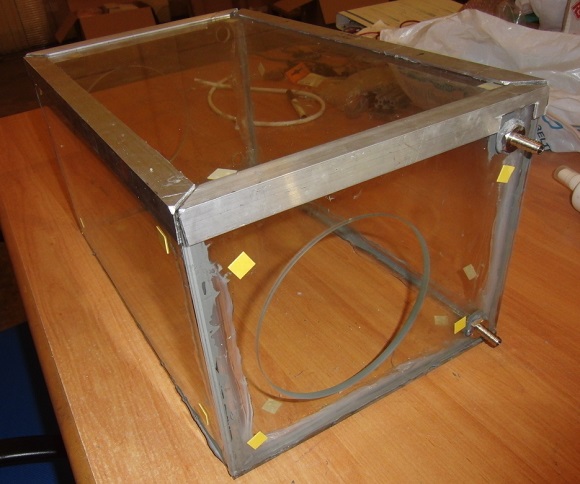It was made 4 tests:
First all it was repeated the test 3033 but it was reduced the capacitive load. As a result, the recovered energy was increased a 210%. The discharge current was also well over the 1 mega amp with an error of 8.3%. The frequency of the magnetic field at the new magnetic sensor was reduced from 139MHz to 109MHz which is too high.
The 3 magnetic sensors detected the plasma ball explosion at 5.86microseconds with a time of flight of 28ns between passing sensor-1 to 3 giving 321km/second
It can be seen clearly the phase change when the EM pulse reaches the sensors in the following oscilloscope plot

The magnetic field is at 50% to reach ignition conditions
Unfortunately, after that, the EM pulse reached one of the oscilloscope channels giving an erroneous signal
in tests 3034,3035 and 3036 Also, it was tested a new recovery energy coil that reduces losses due to reflecting particles. There are now less reflecting energy but the particles make holes in the coil!

The test 3034 was failed the magnetic field recovery due the EM wave reached the scope probes, so it was solved in the 3035 test, where the discharge current increased 211% and the magnetic field was doubled with respect test 3033. This time the breakdown of the plasma ball was done at 8.62microsecond, that is 1.47 times longer due to the increased magnetic field
In test 3035 it was doubled the capacitors used to store recovered energy. As result the magnetic field was increased 29% and also the plasma ball confinement time was increased by 63%. Now we have to check the energy recovered at the capacitor but lots of megabytes must be processed.
In another way, it was finalized the sealings of the argon gas and a secondary coil is building. We hope to reach 650kV with it and pulses of several megawatts

